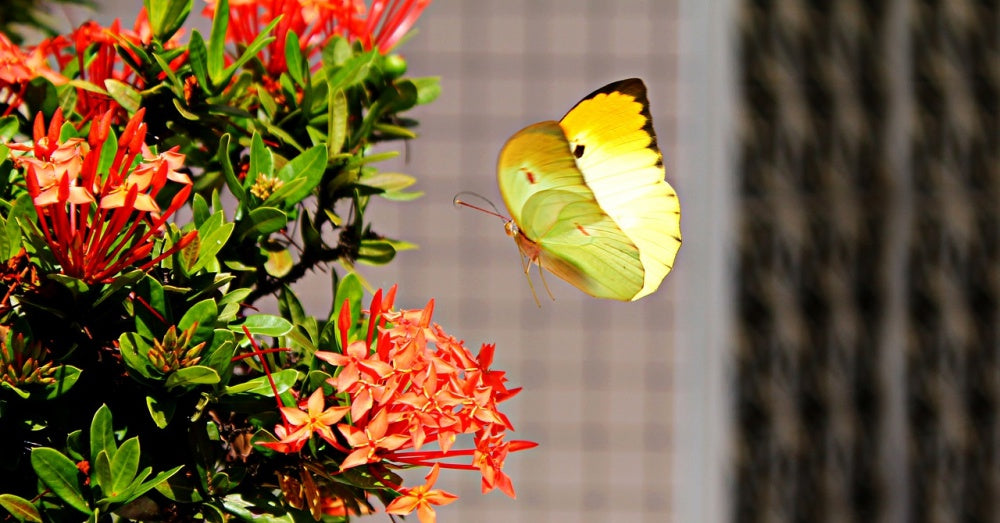Scientists Finally Solve Mystery Behind How Butterflies Fly
Andrea Powell
Butterflies are beautiful creatures that flutter through the air, but how they fly with such large and broad wings has been somewhat of a mystery - until now.
For the past 50 years, scientists believed that butterflies would 'clap' their wings together and create enough force to allow them to fly, but their theory was lacking in studies in free-flying butterflies.
Biologists at Lund University in Sweden decided to solve the mystery of how butterflies fly by studying the aerodynamics of free-flying butterflies in a wind tunnel and constructing a mechanical wing-clapper.
 Photo: Pixabay
Photo: PixabayThe results from the study were posted in the journal of the Royal Society Interface.
Per Henningsson, one of the biology researchers and associate professor in biology at Lund University, said, "That the wings are cupped when butterflies clap them together, makes the wing stroke much more effective. It is an elegant mechanism that is far more advanced than we imagined, and it is fascinating."
Their large and beautiful wings are not proportionate to the rest of their bodies, so the way butterflies fly is different from other flying insects.
 Photo: Pixabay
Photo: Pixabay"Butterflies have a unique wing shape among nature's flyers. They occupy an extreme place in the morphospace of flying animals, with unusually large wings relative to their body size (very low wing loading) and very short and broad wings," stated researchers.
They discovered that the wings aren't flat objects hitting together, but the unique shape and flexibility form a cup that captures more air and gives the butterfly more propulsion. Their research shows "flexible butterfly wings, forming a cupped shape during the upstroke and clap, thrust the butterfly forwards, while the downstroke is used for weight support."
 Photo: Pixabay
Photo: PixabayButterflies are able to quickly takeoff and fly due in part to their wing shape and flexibility. "There is some consensus that the large wings of butterflies allow for erratic flight, compared to other insects, and we would suggest that the ability to perform a powerful, thrust generating, clap can be key to this erratic flight and hence escaping a predator in butterflies."
The mechanical clapper had two sets of wings, one flexible and one rigid, to see if the material of wings impacted flight. The study found the flexible wings, like those of a butterfly, increased the efficiency of the clap by 28% and impulse by 22% compared with rigid wings.
 Photo: Pixabay
Photo: Pixabay"Combined, our results suggest butterflies evolved a highly effective clap, which provides a mechanistic hypothesis for their unique wing morphology." Researchers went on to say that their findings could "aid the design of man-made flapping drones, boosting propulsive performance."
A four-second video was shared of a butterfly taking off so people could see how the butterfly's wings help propel it up. Check it out below!
Now that we know how butterflies fly, we must come together and help preserve these fascinating creatures, especially monarch butterflies. Sign the petition below to tell the U.S. Fish and Wildlife Service to stand up for monarch butterflies by listing them as endangered species.


